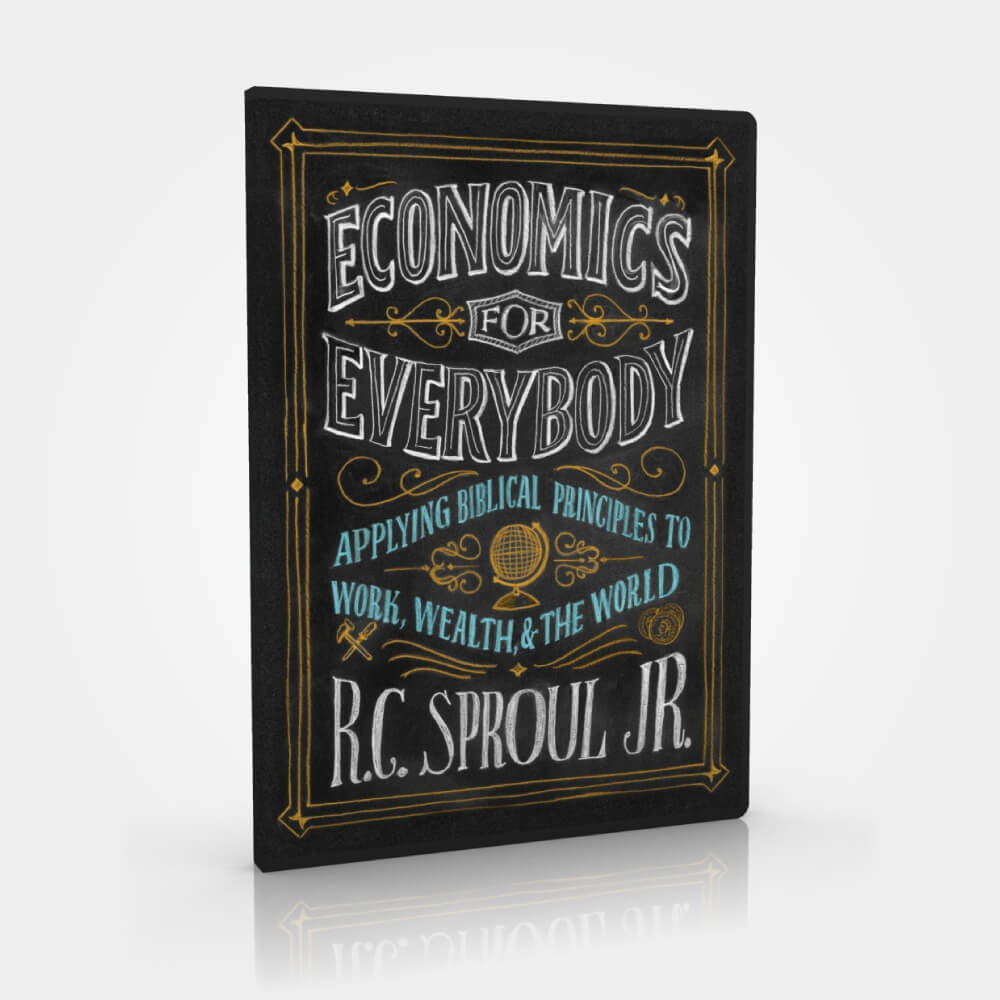
Economics for Everybody (Group License)
- Half Credit
$50.00 – $65.00
An insightful and entertaining exploration of the principles, practices, and consequences of economics. Thoroughly unconventional, it links entrepreneurship with lemonade, cartoons with markets, and Charlie Chaplin with supply and demand. It’s funny, clever, profound and instructive all in one place.
Description





This series:
- Shows how economic freedom is directly related to religious freedom;
- Examines the roles of trade, markets, money, and entrepreneurship;
- Explores the differences between socialism, interventionism, and free markets;
- Explains how stewardship is at the heart of a healthy economic system;
- Includes a complete study guide with discussion questions, short answer, and recommended additional reading. – Updated July 2021! View the updated sample by clicking Try 2 Free Lessons above.
- Streaming course includes automatically-graded multiple-choice quizzes from the study guide.
If you desire to take this for high school credit, we recommend pairing it with the excellent economics textbook Basic Economics available in our store. The updated Study Guide is now linked to the 4th edition of that textbook and contains a full Scope & Sequence for planning. To order more study guides (one included with this set), click here.
The Study Guide includes a scope and sequence as well as an answer key to the assignments.
Additional information
| Age | 14+ |
|---|---|
| Age/Grade | |
| Lessons | 12 |
| Lesson Length | about 20 minutes |
| Teacher | RC Sproul, Jr. |
| Credit | 1/2 HS Economics |
| Runtime | 4 Hours, 3 Mins |
Lessons
Lessons 1 to 5 introduce key economic principles; Lessons 6 and 7 explain the relationships between theology, philosophy, and economics; Lessons 9 to 12 examine the application of economics in real-life systems. Everything fits together, with each lesson generally building on the lesson before it.
- And God Created Economics | Stewardship in God’s Image (14:59)
- The Economic Problem of Sin | Law, Liberty & Government (19:29)
- The Path from Work to Wealth | Production, Property & Tools (20:31)
- The Route From Scarcity to Plenty | Money, Markets & Trade (19:38)
- The Role of the Entrepreneur | Capital, Calculation & Profit (16:36)
- A Tale of Two Theologies, Part 1 | From God to Politics (24:13)
- A Tale of Two Theologies, Part 2 | Economic Philosophies & Systems (18:19)
- Government Intervention | Basic Principles & Education (18:35)
- The Two Mysteries of Monetary Policy | Inflation & Depressions (27:29)
- The Welfare & Corporate States of America | The Costs of Redistribution (23:21)
- Economics Has Consequences | The Real Effects of Sin (26:05)
- Kingdom Economics (14:38)
Sample Lessons
Sample Study Guide
New for fall 2021 — the updated and revised edition includes:
- Lessons converted to a more convenient paragraph format.
- Subheadings added to each lesson.
- Scope & Sequence included in the Study Guide for easy curriculum planning.
- Full Answer Key included in the book for convenient self-guided study.
- For Further Reading sections updated with chapters for the 4th Edition of our recommended Basic Economics textbook.
- PDF is linked from the Table of Contents for easy navigation.
FAQs
Who is the series for?
Although we like to say it’s for everybody, we did have a few particular audiences in mind. For instance, small groups wanting to go through a unique series; or families with middle school kids and older; then middle or high school students either in traditional schools or homeschools; and, finally, any adult who wants to understand what economics is all about (in a fun and engaging way, of course).
Can I get High School Credit for the series?
Yes. Economics for Everybody is designed to be the base of a one-semester economics class for homeschool high school students. If this Scope and Sequence is followed, it will be good for one half credit in economics.
The course can be used in two ways: by itself as a lighter study to introduce basic economics concepts (9th/10th graders), or used together with another economics textbook as a more in-depth study for students with worldview training (10th/11th/12th graders). If you choose to do the latter we recommend Basic Economics Third Edition by Carson and Cleveland.
Here is a link to the sample Study Guide which provides a complete scope and sequence for teaching the class.
How long are the lessons?
Lessons 1-5 and 12 are under 20 minutes; Lessons 6-11 range from 20 to 27 minutes. As the lessons dig deeper into economic applications they get longer in order to cover the material.
What is included in the Study Guide?
The 236p Study Guide includes an expanded outline of each lesson with additional material not included in the lessons; it also includes related Bible readings, discussion questions, short answer questions, and multiple-choice questions. Finally, it includes a listing of all the sources used in the series.
Are there any other books you’d recommend?
Lots. You can find a list of them on our Resources page.

Compass Membership
Access to 30+ Streaming Courses
Over 1,500 Videos
Dozens of PDF Books & Guides




